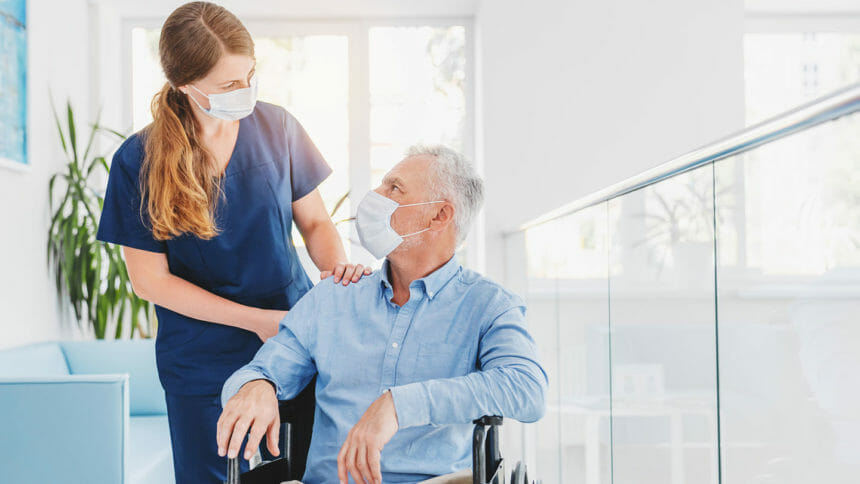
A dozen top rehabilitation centers are testing whether suppressing a brain’s healthy side might aid stroke recovery.
Researchers are aiming to improve arm movement by stimulating the brain using a non-invasive Transcranial Magnetic Stimulator, or TMS. The device reduces brain activity on the side that was not injured by stroke, possibly giving the other side a better chance of recovering.
“This device targets the overactive side, quieting it down enough, so that through therapies, the injured side can learn to express itself again,” said Marcia Bockbrader, M.D., principal investigator and assistant professor of Physical Medicine and Rehabilitation at The Ohio State Wexner Medical Center.
Bockbrader said it’s believed that the healthy portion of a stroke patient’s brain typically generates more activity to compensate for injury elsewhere, but that might actually prevent the injured side from recovering.
Ohio State is one of 12 trial sites. The study will enroll up to 200 patients over two years.
Stroke rehabilitation company Nexstim launched the double-blind, randomized trial, which also includes occupational therapy.
From the January 01, 2015 Issue of McKnight's Long-Term Care News




